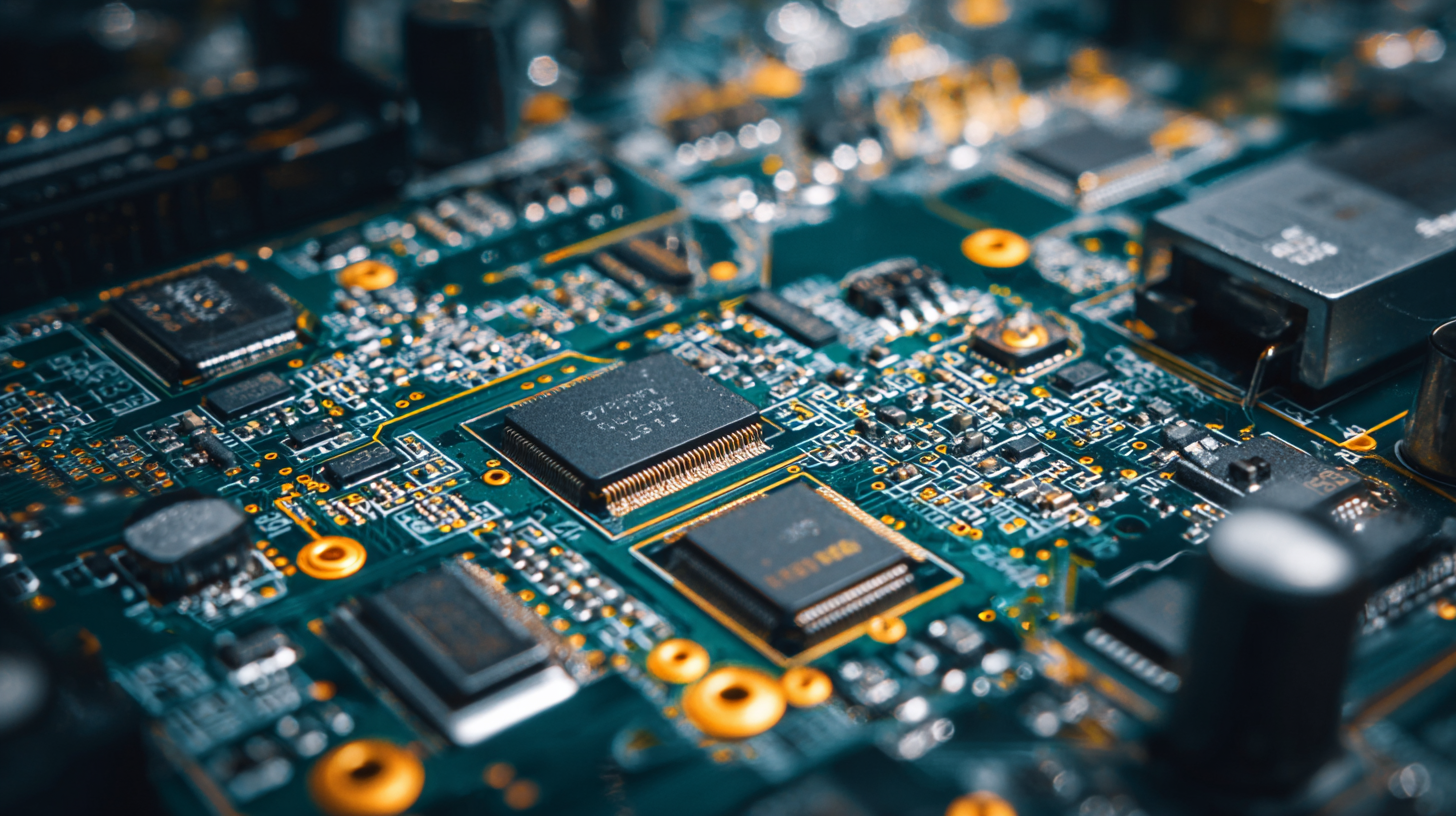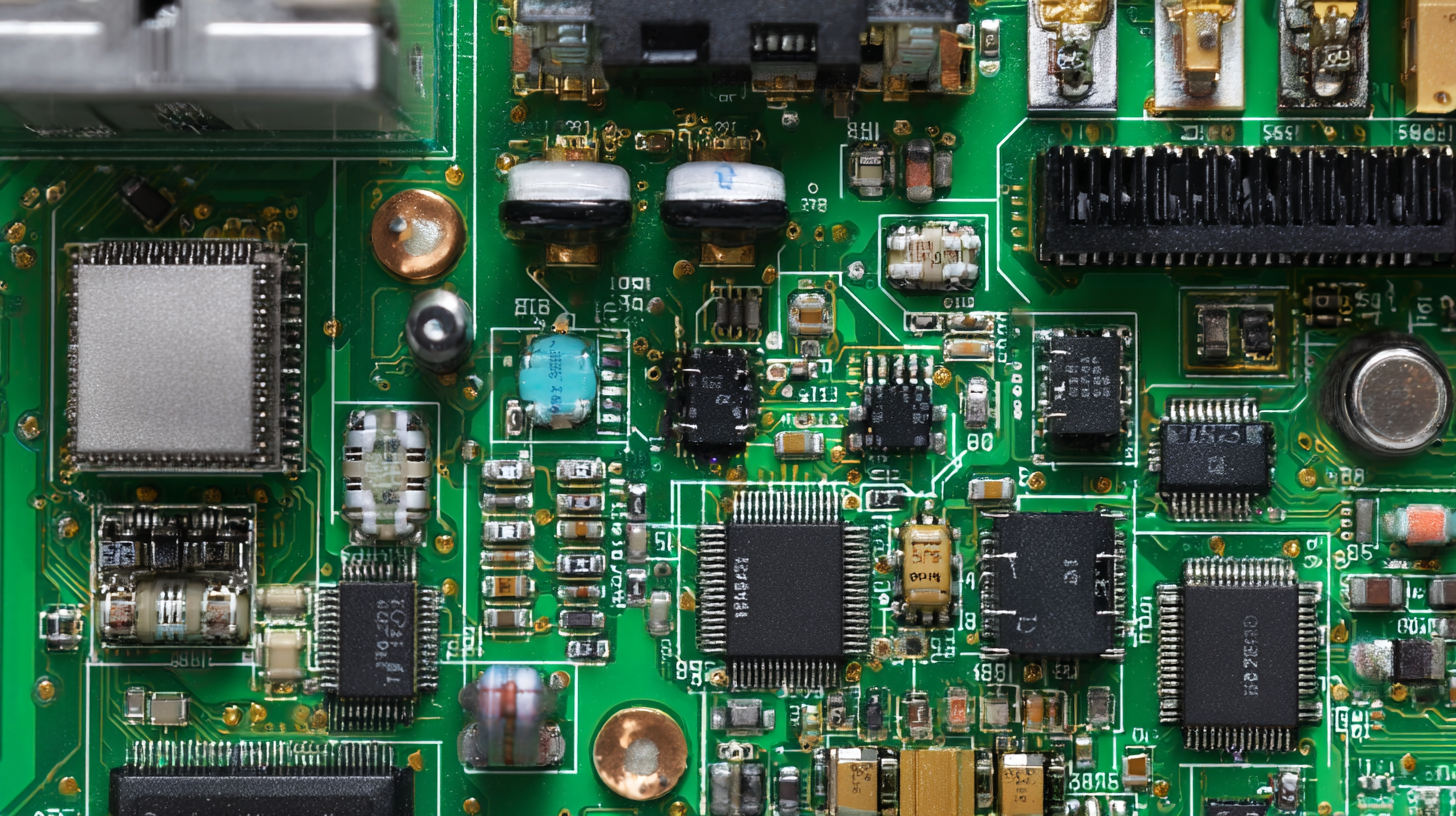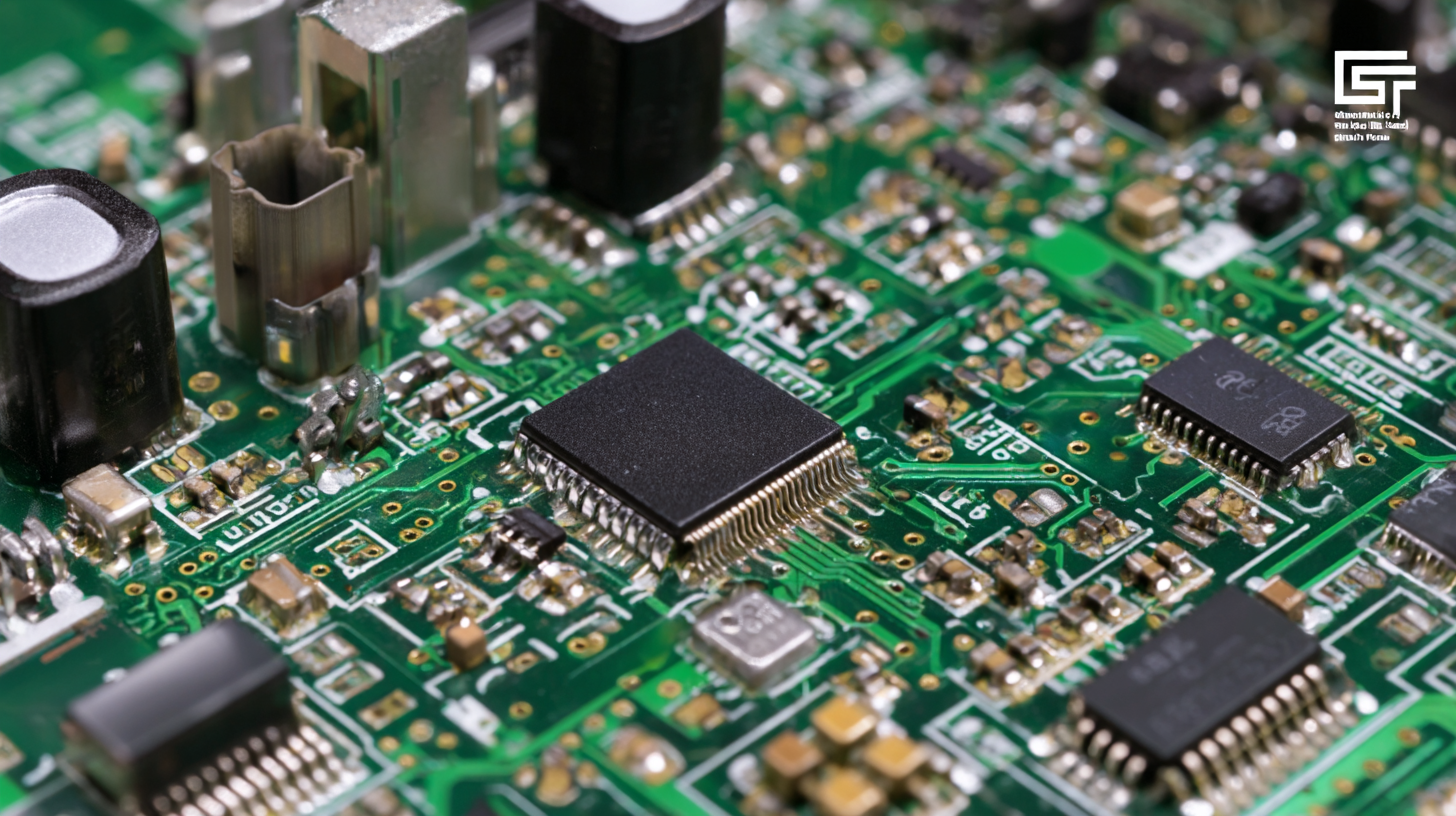- PCB Assembly
- PCB Fab
- Resources
- Company
- Blog
What is the Importance of Best Circuit Board Assembly in Modern Electronics Industry
In the rapidly evolving landscape of the modern electronics industry, the importance of best Circuit Board Assembly (CBA) practices cannot be overstated. As the global demand for electronic devices continues to soar, expected to reach $3 trillion by 2025 according to industry insights, the assembly of circuit boards stands as a critical pillar in ensuring product quality and performance.

Efficient circuit board assembly processes not only enhance the reliability of electronic products but also significantly impact production costs and time-to-market. A staggering 70% of product failures are attributed to issues stemming from CBA, highlighting the necessity for rigorous assembly standards and certifications. By adhering to best practices in this realm, manufacturers can ensure compliance with international regulations and enhance export capabilities, ultimately driving innovation and sustainability in a competitive market. Thus, understanding the significance of best Circuit Board Assembly is vital for any stakeholder aiming to thrive in today’s electronics sector.
The Critical Role of Circuit Board Assembly in Enhancing Product Reliability and Performance
In the modern electronics industry, circuit board assembly (CBA) plays a pivotal role in enhancing both product reliability and performance. With the growing complexity of electronic devices, the significance of precise and efficient assembly processes cannot be overstated. High-quality circuit board assembly ensures that components are not only correctly aligned but also securely soldered, reducing the likelihood of faults that can lead to product failures. This meticulous attention to detail directly impacts the durability of the final product, ultimately fostering consumer trust and satisfaction.
Moreover, circuit board assembly is integral to optimizing performance. As devices become more compact and integrated, the demand for high-density interconnects increases. Skilled assembly techniques enable engineers to optimize the layout and flow of electrical signals, which is essential for enhancing speed and efficiency. Proper CBA contributes to minimizing electromagnetic interference and thermal issues, allowing products to operate at their best under varying conditions. Therefore, investing in top-quality circuit board assembly processes is crucial for manufacturers aiming to stay competitive in the fast-paced electronics market.

Key Factors to Consider When Selecting a High-Quality Circuit Board Manufacturer
When selecting a high-quality circuit board manufacturer, several key factors come into play that directly impact the efficiency and reliability of electronic devices. First, the manufacturer’s technological capabilities are paramount. This includes their use of advanced techniques such as photolithography, essential for creating complex circuit designs critical in modern electronics. The ability to produce high-frequency and high-speed copper-clad laminates reflects their competence in meeting the demands of innovative electronic devices, given the growing market for semiconductors and miniaturized circuits.
Another crucial factor is the manufacturer’s adherence to quality standards and certifications. High-quality circuit boards must meet rigorous specifications to ensure performance and longevity in a variety of applications, such as consumer electronics and medical devices. As industries evolve and the demand for sophisticated electronics grows, partnering with manufacturers who prioritize reliability and advanced production methods is vital for companies seeking to remain competitive. The rapidly expanding markets for advanced materials and processing equipment underscore the importance of selecting a manufacturer that not only understands current technologies but is also adaptable to future trends in the electronics landscape.

Industry Standards and Certifications to Look for in PCB Assembly Services
In today's rapidly evolving electronics landscape, selecting the right PCB assembly services that meet industry standards and certifications is crucial. Certifications such as ISO 9001 and IPC-A-610 significantly impact the quality and reliability of circuit boards, ensuring that they perform consistently in their designated applications. According to a recent market report, about 75% of electronics manufacturers consider certification as a key factor when choosing their assembly partners, highlighting its importance in maintaining high standards across the industry.
When evaluating PCB assembly services, it’s essential to prioritize certifications that reflect a commitment to quality and safety. Look for manufacturers certified by IPC standards, which set the bar for electronics assembly and offer guidelines for quality assurance. Choosing a certified assembler can reduce the risks associated with product failures and enhance customer satisfaction.
Tips: Always request documentation of the manufacturer’s certifications and quality assurance processes. Also, consider asking for samples from their prior work to gauge the quality of their output. Investing time in thorough evaluations can lead to significant long-term benefits for your electronic products and overall business success.
Importance of Best Circuit Board Assembly in the Modern Electronics Industry
This chart illustrates the distribution of various industry standards and certifications that are significant in PCB assembly services, highlighting their relevance within the modern electronics industry.
The Economic Impact of Choosing the Right Circuit Board Assembly on Production Costs
In the modern electronics industry, the choice of circuit board assembly (CBA) can significantly influence production costs and overall economic efficiency. According to a report by IPC, an international trade association for the electronics industry, high-quality CBA can reduce manufacturing defects by up to 30%, which directly impacts the bottom line by minimizing rework and wastage. Choosing the right assembly partner not only enhances product reliability but can also lower costs associated with returns and warranty claims.
Additionally, a study conducted by Research and Markets indicates that optimizing CBA processes can lead to a 20% reduction in time-to-market. This expedited process allows companies to pivot quickly in a fast-evolving sector, enhancing competitiveness. To leverage these benefits, organizations should adopt strategies such as investing in automated assembly technologies and training personnel in best practices for circuit board design and production.
Tip: When selecting a circuit board assembly service, prioritize those with ISO certifications and a proven track record. This ensures adherence to quality standards and reduces potential financial losses caused by defects.
Tip: Regularly review and update design specifications to align with the latest manufacturing capabilities and technologies. This proactive approach can lead to both cost savings and improved product performance.
Emerging Trends in PCB Assembly Technologies Shaping the Future of Electronics Industry
The landscape of the electronics industry is rapidly evolving, driven by emerging trends in PCB assembly technologies. As reported by the IPC (Institute for Interconnecting and Packaging Electronic Circuits), the global PCB market is projected to reach $83 billion by 2027, with a significant portion of this growth attributed to advancements in assembly techniques. This surge is partly due to the increasing demand for miniaturization and higher functionality in electronic devices, which necessitate more sophisticated PCB designs and assembly processes.
One of the most prominent trends is the adoption of automated assembly systems, which can enhance precision and efficiency. According to a survey by Playbook Analytics, automated assembly can reduce production costs by up to 30%, allowing manufacturers to remain competitive in a fast-paced market. Additionally, the integration of AI and machine learning in PCB assembly techniques is streamlining production processes, minimizing errors, and improving overall product quality.
**Tip:** Stay informed about the latest technological advancements in PCB assembly to ensure your business remains competitive. Investing in automated systems can significantly enhance your production capabilities and reduce lead times.
Another key trend is the growing emphasis on sustainability in PCB assembly. Reports indicate that over 60% of consumers prefer products from companies that prioritize eco-friendly practices. By adopting green manufacturing processes, such as using lead-free solder and recyclable materials, companies not only comply with regulations but also align with consumer preferences, fostering brand loyalty in the long run.
**Tip:** Consider implementing sustainable practices in your PCB assembly to not only meet regulatory demands but to attract environmentally conscious customers, providing your business with a distinct market advantage.
What is the Importance of Best Circuit Board Assembly in Modern Electronics Industry - Emerging Trends in PCB Assembly Technologies Shaping the Future of Electronics Industry
| Trends in PCB Assembly | Description | Impact on Electronics |
|---|---|---|
| Automation in PCB Assembly | Integration of robotics and automated processes in manufacturing. | Increases efficiency and reduces production costs. |
| Miniaturization | Designing PCBs that occupy less space while integrating more functions. | Enables smaller and more portable electronic devices. |
| Advanced Materials | Use of high-performance materials to enhance PCB functionality. | Improves durability and thermal management in electronics. |
| Flexible PCBs | PCBs that can bend and flex without compromising performance. | Facilitates innovative designs in wearable technology and complex assemblies. |
| Internet of Things (IoT) Integration | Embedding smart capabilities into PCBs for connectivity. | Supports the growth of smart devices and automation. |
| Sustainability Practices | Use of eco-friendly materials and practices in PCB manufacturing. | Reduces environmental impact and meets consumer demand for greener products. |
Phone
 WhatsApp
WhatsAppEmail
Offer Electronics Manufacturing All-in-One
PCBONLINE® is a registered trademark or service mark of pcb online limited or its affiliates.
Copyright © 2001-2024 Pcb Online Limited. All rights reserved